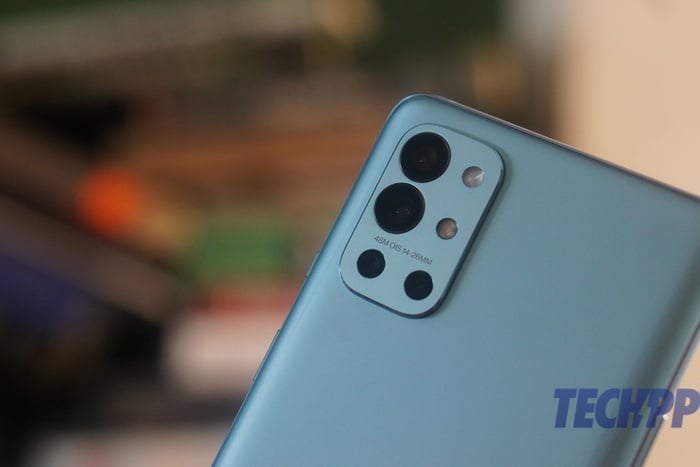There is, however, a very good chance that this “integration” might cure one of OnePlus’ biggest headaches – photography.
Cameras that Never Settled
Now, ever since OnePlus got its phone journey underway in 2014 with the first OnePlus, it has built a formidable reputation for itself in many departments. People have praised the general performance of OnePlus devices, the hardware has almost always been acclaimed for its quality, its Warp Charge and Dash Charge have attained legendary status, its UI was hailed for being clean and bloat-free (even though some got fed up with the constant rain of updates) and on many occasions, even its design has won applause. The one area where the Never Settler has never quite settled is the camera department. Now, this is not to say that OnePlus phones came with bad cameras. Far from it. Some OnePlus devices had very good snappers, and well, the OnePlus 3T did make high megapixel selfie cameras a thing (ironically, most OnePlus devices since then have been seemingly stuck at its 16-megapixel count). However, the problem was that good though the cameras on most OnePlus devices were, they really did not match the flagship-killing ability of the other hardware on board. Even when OnePlus moved up the price ladder and went premium with the OnePlus 7 Pro and used DxO Mark scores to show how good the cameras on the phone were, reviewers and users were often less than impressed. This year, it seemed as if a tie-up with the legendary Hasselblad would change OnePlus camera fortunes, but once again, “good, not great” was the broad consensus. Mind you, things did get better after a few updates, which led to another jibe about OnePlus devices: “Buy a OnePlus a few months after launch, as they would have fixed the camera issues by that time.”
The Oppo-site attraction
Oppo could change that. Yes, it could succeed where even the mighty Hasselblad has had to face some struggles. For, no matter how much folks might complain about its software and slightly more premium pricing, there are not too many who doubt Oppo’s camera muscle. The brand, along with Vivo, is credited with triggering the selfie revolution, and while its style of photography remains unabashedly mainstream, with bright colors and lovely skin complexions more often than not, there is not much doubt that when it comes to photography, Oppo seems to have a clear edge over OnePlus. Part of the reason is also down to the more comprehensive camera and photo and video apps that Oppo devices come with – the Spartan UI of OnePlus can prove to be a little restrictive for more mainstream users, especially those used to the bells and whistles on camera apps on other devices. It is also notable that while OnePlus has tended to follow trends in the camera business, Oppo has tended to be on the front foot in that regard, often coming up with new innovations, be it in terms of selfie cameras, shark fin rear camera arrangements, rear cameras that double up as selfie cameras (ages ago!), and so on. Oppo can be accused of many things, but not being innovative in cameras is not one of them. Whether it is camera design, hybrid zoom, and AI photography, or low light photography (“flaunt your night”), the brand has an enviable track record and is considered one of the best in the Android phone photography business. Perhaps the best indication of this was when one of my colleagues had sighed: “If I could get the cameras of the Reno series on OnePlus, the phone would be perfect.” Well, that might well happen, depending on how deep the “integration” between Oppo and OnePlus is. Now that would be something, wouldn’t it?





![]()
